Home>Gardening & Outdoor>Plant Care & Gardening Tips>What Temperature Is Too Hot For Mums
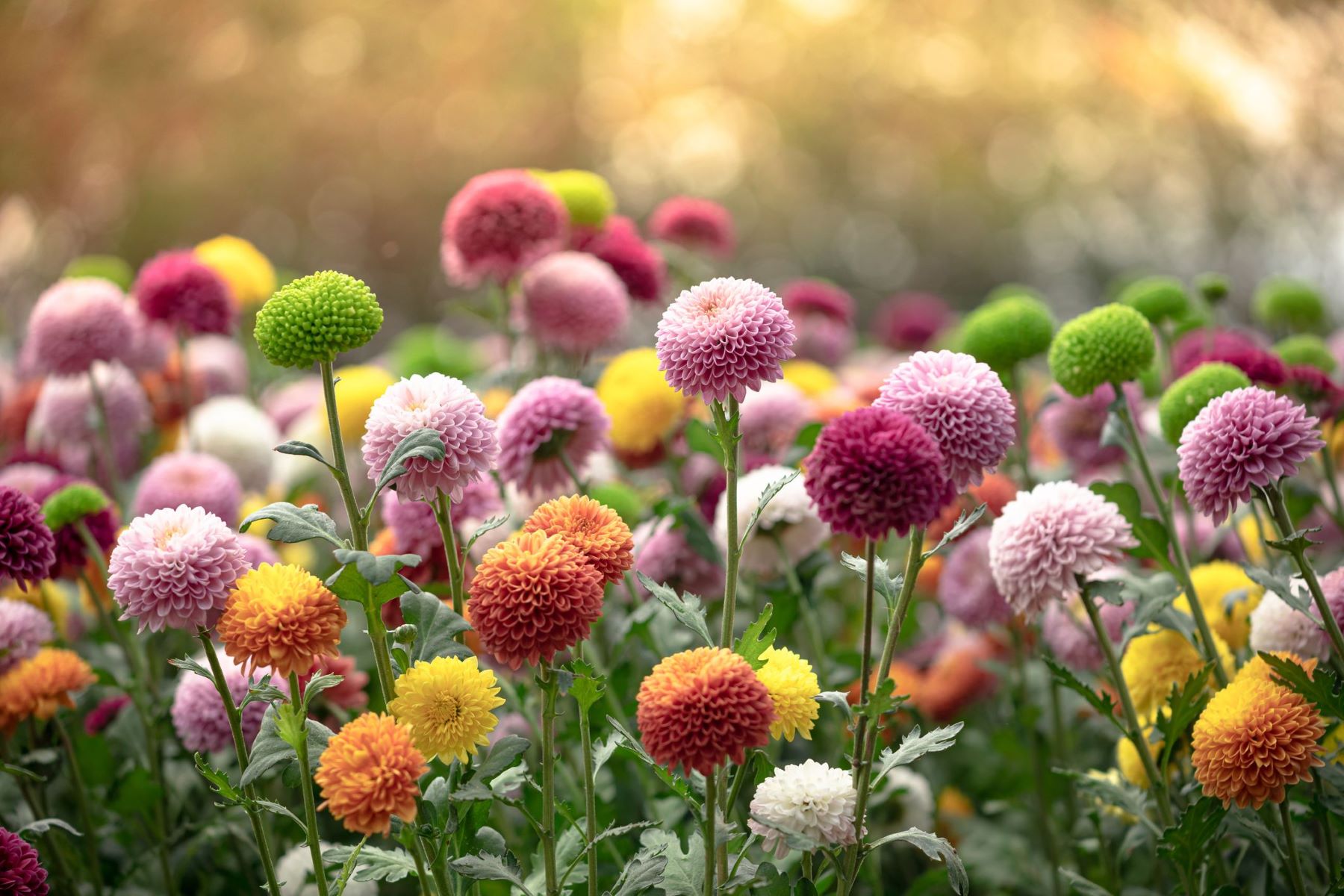

Plant Care & Gardening Tips
What Temperature Is Too Hot For Mums
Modified: August 17, 2024
Learn how to care for mums and keep them thriving in your garden. Discover the ideal temperature conditions and gardening tips for healthy, vibrant mums. Explore plant care and gardening tips now!
(Many of the links in this article redirect to a specific reviewed product. Your purchase of these products through affiliate links helps to generate commission for Storables.com, at no extra cost. Learn more)
Introduction
When it comes to nurturing a vibrant and flourishing garden, understanding the specific needs of each plant is crucial. Chrysanthemums, affectionately known as mums, are no exception. These delightful and resilient flowers are a favorite among gardeners for their stunning array of colors and their ability to thrive in various conditions. However, like any living organism, mums have their limits, especially when it comes to temperature.
As a gardener, it's essential to be mindful of the environmental factors that can impact the health and vitality of your mums. One of the most critical considerations is the temperature. While mums are generally hardy plants, they do have a threshold when it comes to heat. Understanding what temperature is too hot for mums is vital for ensuring their well-being and longevity in your garden.
In this comprehensive guide, we will delve into the ideal temperature range for mums, the signs of heat stress to watch out for, and practical strategies to protect your mums from excessively high temperatures. By the end of this article, you will be equipped with the knowledge and insights needed to safeguard your mums and help them thrive, even in the face of scorching heat.
Key Takeaways:
- Mums thrive best in temperatures between 60-70°F, but can suffer heat stress above 70°F, causing wilting, drooping, and reduced flower production. Protect them with shade, mulch, and strategic watering.
- Watch for signs of heat stress in mums like wilting leaves and drooping flowers. Protect them from excessive heat with shade, mulch, and proper watering to ensure their resilience and vibrant blooms.
Ideal Temperature for Mums
The ideal temperature for mums plays a pivotal role in their overall health and blooming potential. These resilient flowers thrive best in moderate temperatures, typically ranging between 60 to 70 degrees Fahrenheit (15 to 21 degrees Celsius). This temperature range provides the perfect balance for mums to flourish, allowing them to soak up the sun's warmth without being overwhelmed by excessive heat.
During the early stages of growth, mums prefer cooler temperatures to establish strong roots and develop robust foliage. As the plants progress through their growth stages, slightly warmer temperatures become favorable for promoting the formation of vibrant blooms. However, it's important to note that prolonged exposure to temperatures above 70 degrees Fahrenheit (21 degrees Celsius) can lead to adverse effects on mums, hindering their ability to thrive.
In regions with scorching summers, mums may struggle to endure the relentless heat. When temperatures soar above 70 degrees Fahrenheit, mums can experience heat stress, which manifests in various ways, including wilting, drooping leaves, and diminished flower production. Therefore, it's crucial for gardeners in warmer climates to be particularly attentive to temperature fluctuations and take proactive measures to shield their mums from excessive heat.
On the other hand, in cooler climates, mums can withstand lower temperatures, provided they are not exposed to frost or freezing conditions. These hardy plants can endure mild frosts, but prolonged exposure to freezing temperatures can be detrimental to their well-being.
Understanding the ideal temperature range for mums is essential for creating an environment where they can thrive. By maintaining temperatures within the optimal range, gardeners can support the healthy growth and abundant blooming of these beloved flowers, ensuring a spectacular display of color and vitality in their gardens.
Signs of Heat Stress in Mums
As the mercury rises and the sun beats down, mums may begin to exhibit signs of heat stress, signaling that the temperature has surpassed their tolerance level. Recognizing these indicators is crucial for taking prompt action to alleviate the stress and prevent long-term damage to the plants. Here are the key signs to watch for:
-
Wilting Leaves: One of the most noticeable signs of heat stress in mums is the wilting of their leaves. When exposed to excessive heat, mums struggle to retain moisture, causing their leaves to droop and appear limp. This is a clear indication that the plants are under duress and in need of relief from the scorching temperatures.
-
Drooping Flowers: In addition to wilting leaves, mums experiencing heat stress may also display drooping flowers. The once vibrant and perky blooms may lose their turgidity and begin to sag, signaling the plant's struggle to cope with the intense heat. This can detract from the visual appeal of the mums and serve as a visual cue for the gardener to intervene.
-
Stunted Growth: Heat stress can impede the growth and development of mums, causing them to exhibit stunted growth patterns. This may manifest as a slowdown in the emergence of new foliage and a lack of progress in the formation of new flower buds. The overall vitality of the plants may appear diminished, reflecting the adverse impact of high temperatures on their growth trajectory.
-
Faded or Discolored Leaves: Another telltale sign of heat stress in mums is the onset of faded or discolored leaves. The vibrant green foliage may lose its luster and take on a dull, yellowish hue, indicating the plant's struggle to cope with the heat. This discoloration is a visual indicator of the plant's physiological response to the challenging environmental conditions.
-
Reduced Flower Production: When mums are subjected to prolonged heat stress, their ability to produce an abundance of flowers may be compromised. The plants may exhibit a decrease in the number of blooms, and the overall flower production may be significantly reduced. This can be disheartening for gardeners who eagerly anticipate a profusion of colorful blossoms.
Recognizing these signs of heat stress in mums empowers gardeners to take proactive measures to mitigate the impact of high temperatures on their beloved plants. By closely monitoring the mums and responding promptly to these indicators, gardeners can help alleviate the stress and create a more favorable environment for the plants to thrive.
Mums can tolerate temperatures up to 70-75°F, but anything above 75°F can cause them to wilt. To keep them healthy, place them in a cooler spot during hot days.
How to Protect Mums from Hot Temperatures
-
Provide Adequate Shade: Shielding mums from direct sunlight during the hottest parts of the day can significantly mitigate the impact of high temperatures. Positioning them in areas with partial shade or using garden umbrellas and shade cloths can help reduce the intensity of the sun's rays, providing much-needed relief to the plants.
-
Mulch for Moisture Retention: Applying a layer of organic mulch around the base of mums serves as a natural insulator, helping to retain soil moisture and regulate the temperature. This protective barrier minimizes water evaporation from the soil, keeping the roots cool and hydrated, even in sweltering conditions.
-
Optimal Watering Practices: Maintaining proper hydration is crucial for mums to withstand hot temperatures. Watering the plants in the early morning or late afternoon allows for efficient absorption and reduces the risk of moisture loss through evaporation. It's essential to water the soil directly at the base of the plants to ensure deep root penetration and avoid wetting the foliage, which can lead to fungal issues.
-
Strategic Planting Locations: When cultivating mums in regions prone to scorching heat, strategic placement can make a significant difference. Choosing planting locations with adequate air circulation and protection from intense afternoon sun can help create a more favorable microclimate for the mums to thrive.
-
Regular Pruning: Pruning mums to maintain an open and airy growth habit can aid in reducing heat stress. This practice enhances air circulation around the plants, preventing the buildup of heat and humidity, which can contribute to stress-related issues.
-
Hydration Support: In extreme heat, providing additional hydration support to mums can be beneficial. Consider using soaker hoses or drip irrigation systems to deliver consistent and targeted moisture to the plants' root zones, ensuring they remain adequately hydrated without the risk of water wastage.
-
Utilize Protective Covers: During heatwaves or prolonged periods of high temperatures, employing protective covers such as shade nets or row covers can offer an extra layer of defense for mums. These covers help diffuse sunlight and reduce the direct impact of heat, creating a more temperate environment for the plants.
-
Monitor and Adjust Care Practices: Regularly monitoring the mums for signs of heat stress and adjusting care practices accordingly is essential. Being attentive to the plants' condition allows for timely intervention, whether it involves increasing shade, adjusting watering frequency, or implementing additional protective measures to safeguard the mums from excessive heat.
By implementing these proactive strategies, gardeners can effectively shield their mums from the detrimental effects of hot temperatures, ensuring the plants remain resilient and vibrant even in the face of scorching weather conditions.
Conclusion
In the realm of gardening, understanding the nuanced needs of plants is fundamental to fostering a thriving and resilient garden ecosystem. For chrysanthemums, commonly known as mums, the impact of temperature on their well-being cannot be overstated. As we've explored the ideal temperature range for mums, the signs of heat stress to watch for, and practical strategies to protect these beloved flowers from excessive heat, it becomes evident that temperature regulation is a critical aspect of successful mum cultivation.
By recognizing the optimal temperature range for mums, typically between 60 to 70 degrees Fahrenheit (15 to 21 degrees Celsius), gardeners gain valuable insights into creating an environment where these resilient flowers can flourish. This moderate temperature range provides the ideal balance for mums to establish strong roots, develop lush foliage, and produce an abundance of vibrant blooms. However, it's essential to remain vigilant, especially in regions with scorching summers, where mums may be susceptible to heat stress when temperatures exceed 70 degrees Fahrenheit.
The signs of heat stress in mums serve as vital indicators for gardeners to intervene and alleviate the impact of excessive heat on the plants. From wilting leaves and drooping flowers to stunted growth and reduced flower production, these signs prompt proactive measures to mitigate the stress and create a more favorable environment for the mums to thrive.
Implementing practical strategies to protect mums from hot temperatures empowers gardeners to safeguard their plants and ensure their continued vitality. From providing adequate shade and employing optimal watering practices to strategic planting and regular pruning, these proactive measures contribute to creating a conducive environment for mums to withstand high temperatures and thrive despite the challenges posed by excessive heat.
In conclusion, the well-being of mums is intricately linked to temperature management, and by understanding the nuanced interplay between mums and heat, gardeners can cultivate a vibrant and flourishing display of these beloved flowers. By leveraging the insights and strategies outlined in this guide, gardeners are equipped to nurture their mums, ensuring they remain resilient, vibrant, and a source of joy and beauty in their gardens, even in the face of sweltering temperatures.
Frequently Asked Questions about What Temperature Is Too Hot For Mums
Was this page helpful?
At Storables.com, we guarantee accurate and reliable information. Our content, validated by Expert Board Contributors, is crafted following stringent Editorial Policies. We're committed to providing you with well-researched, expert-backed insights for all your informational needs.
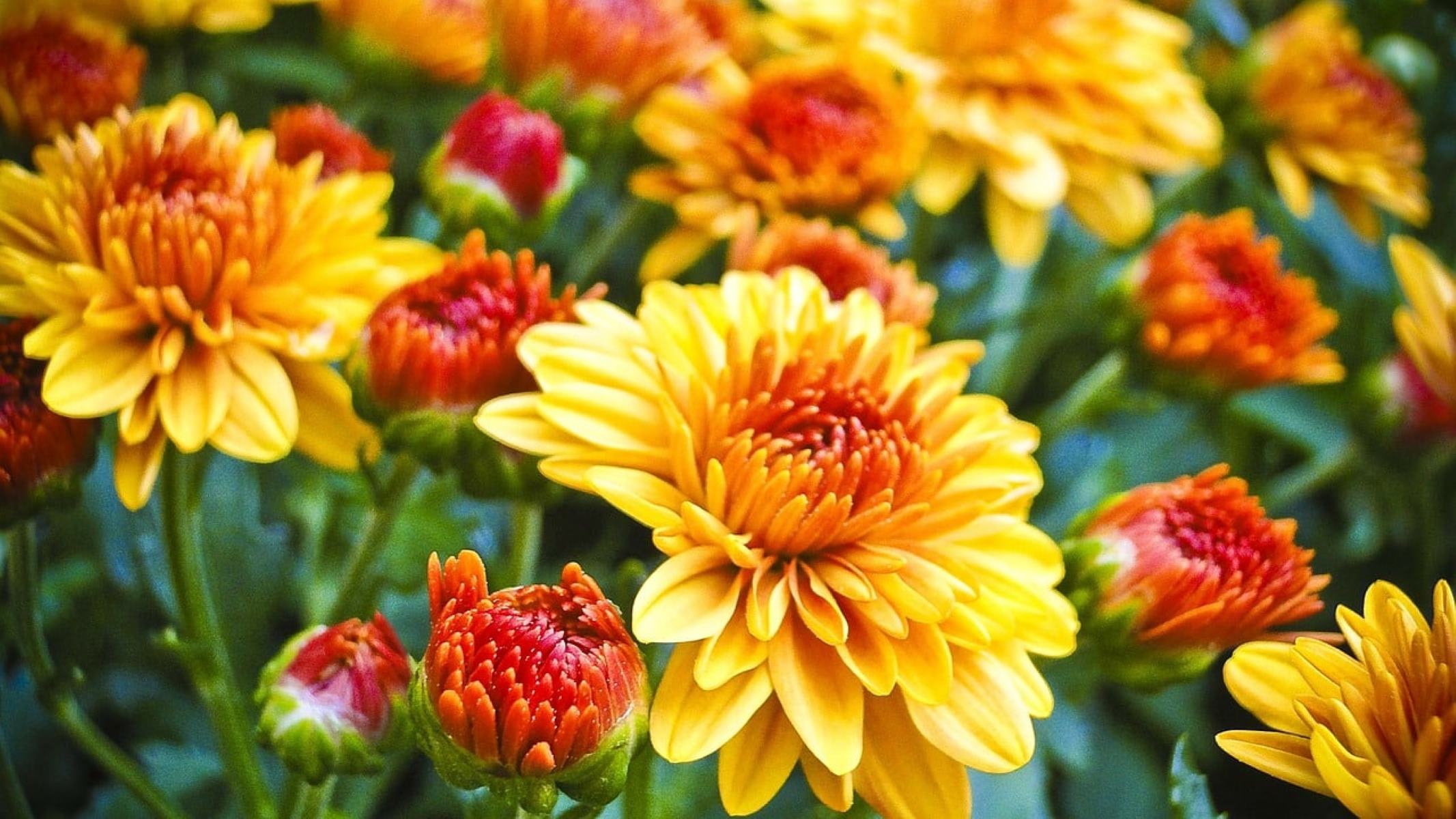
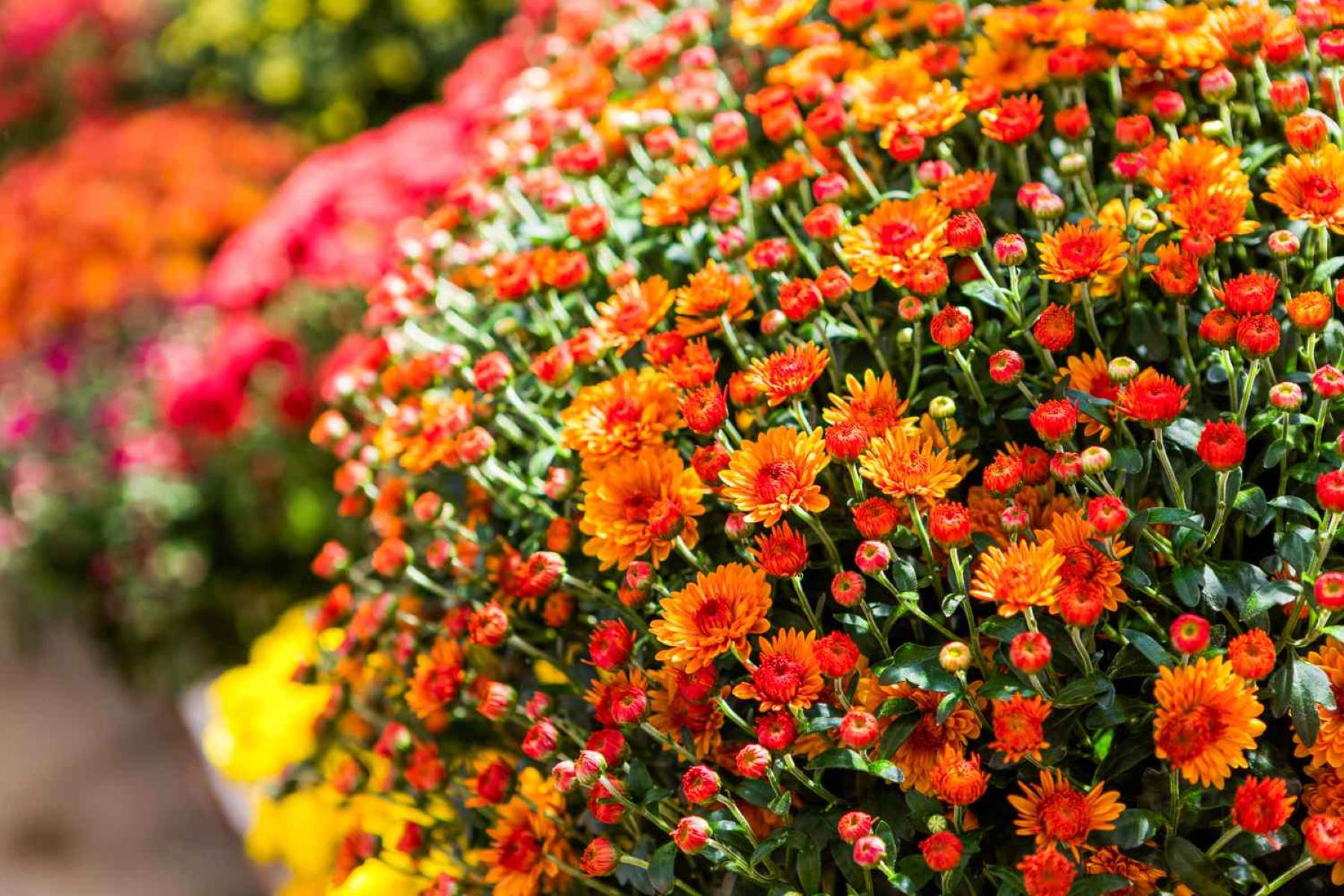

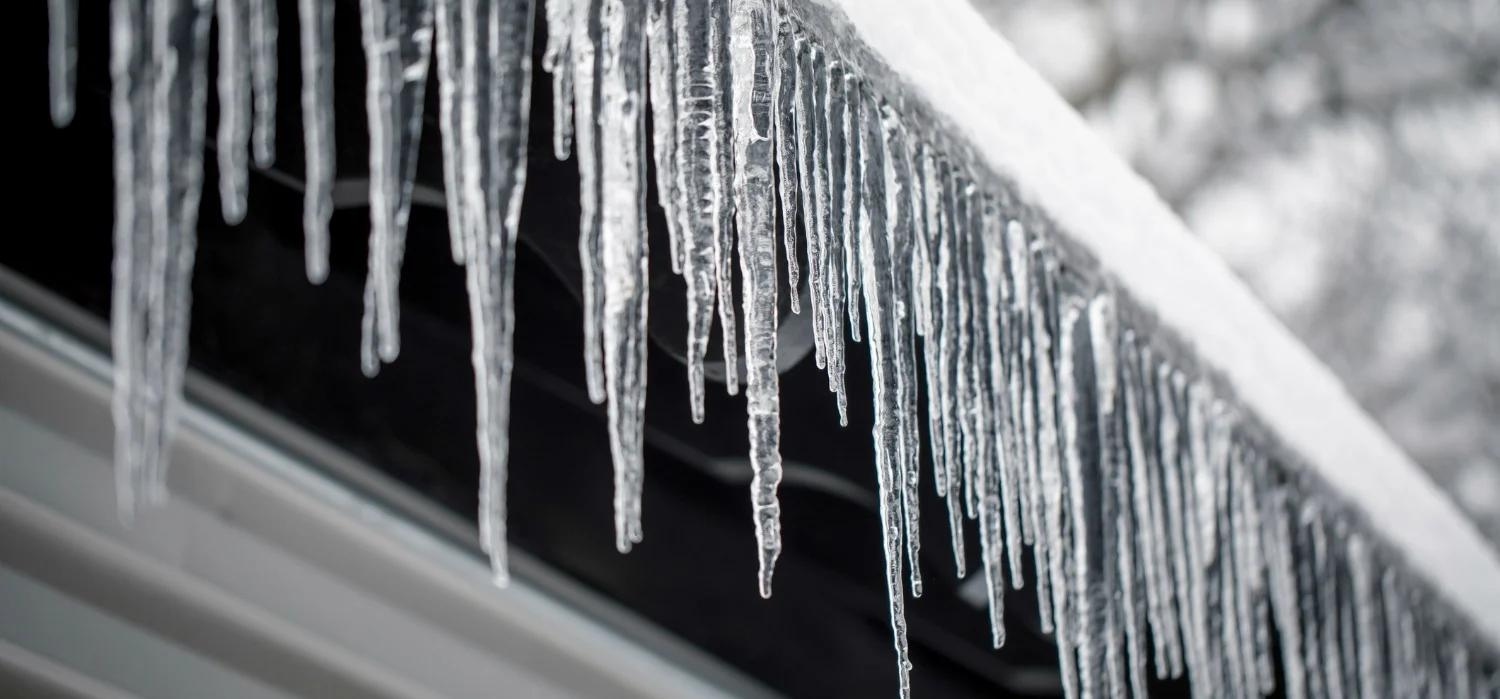
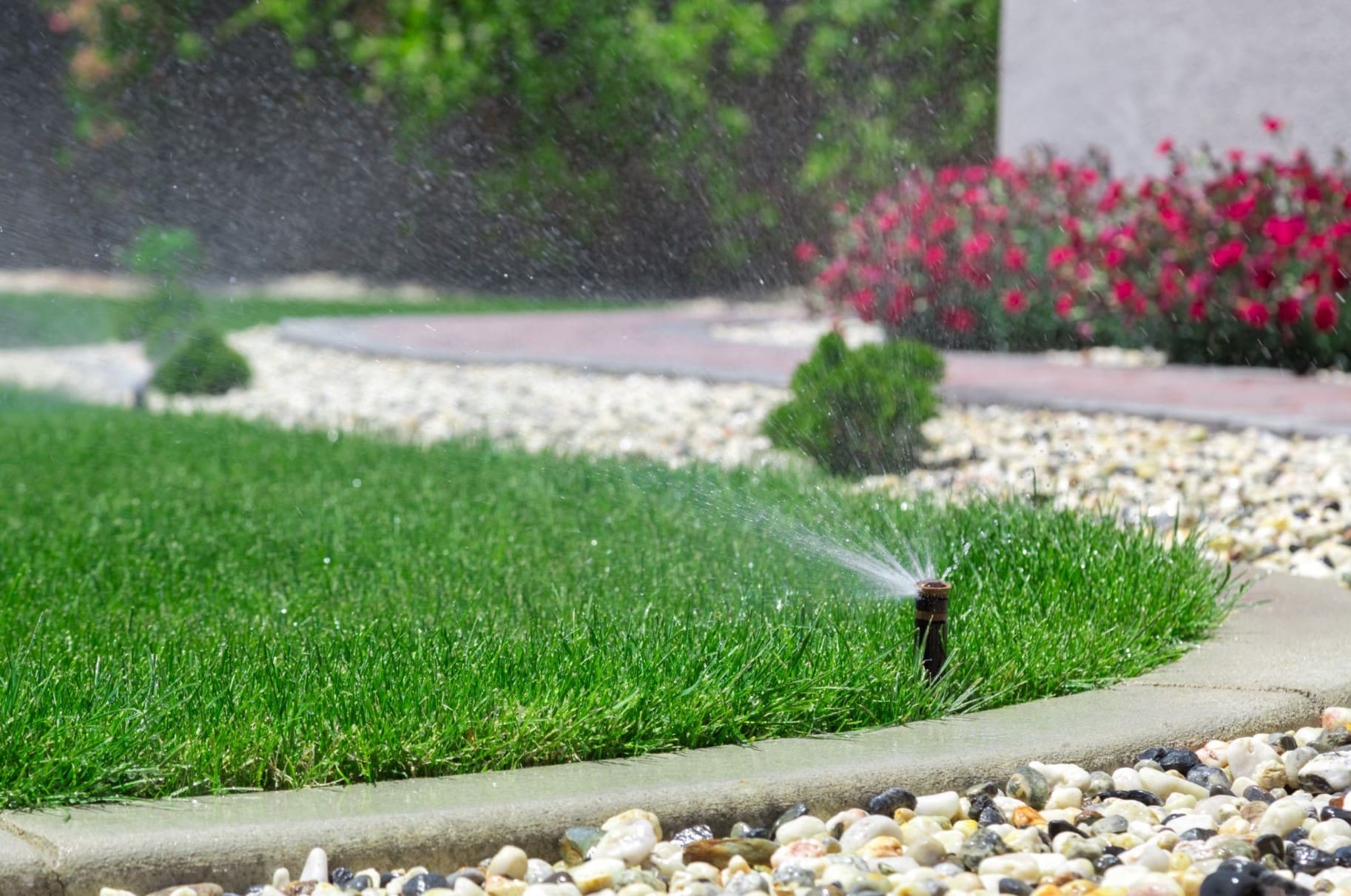
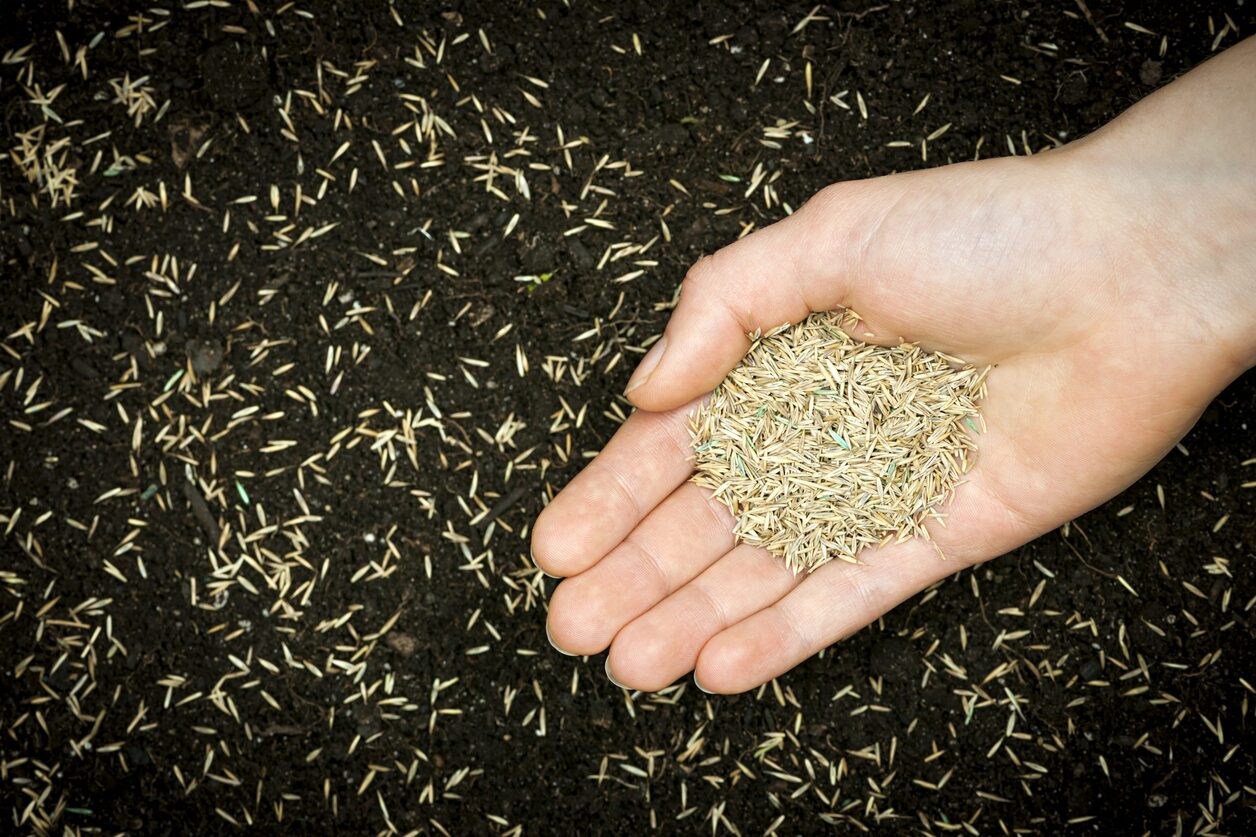


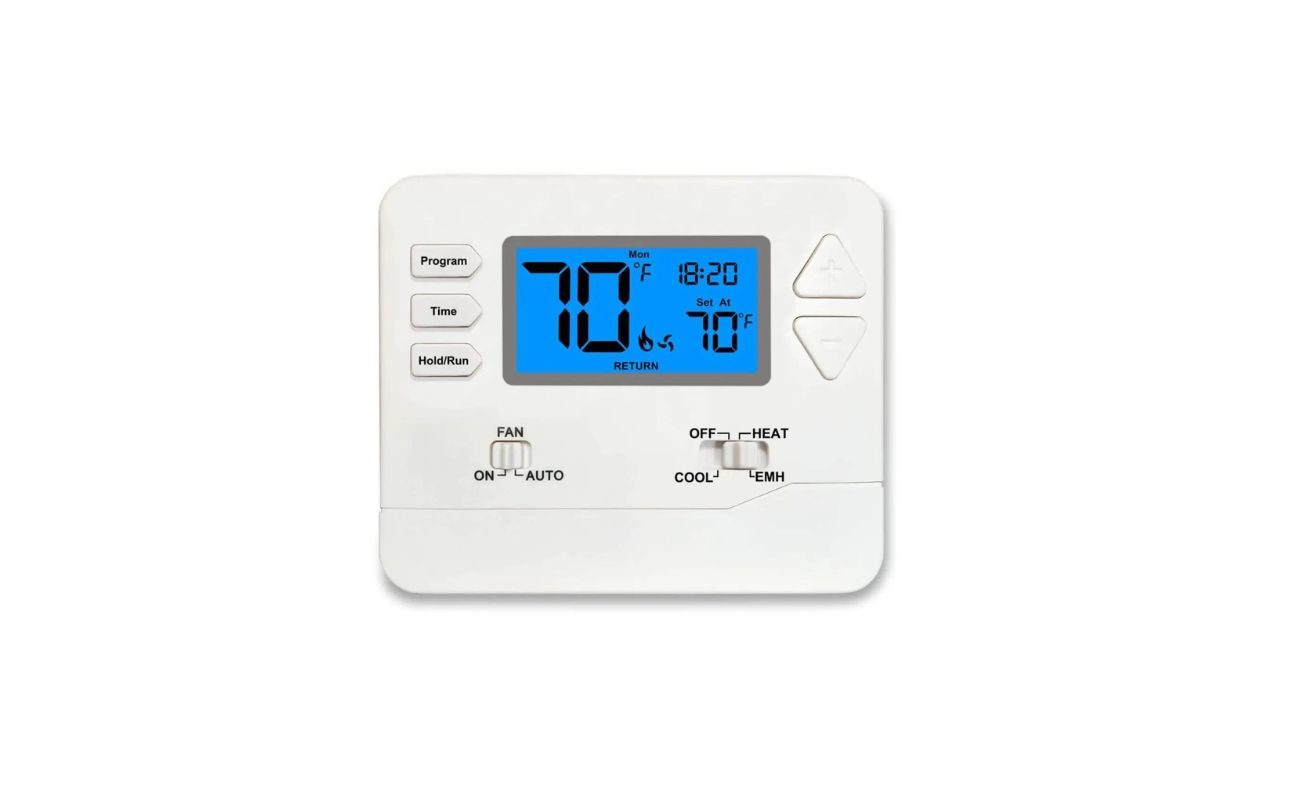
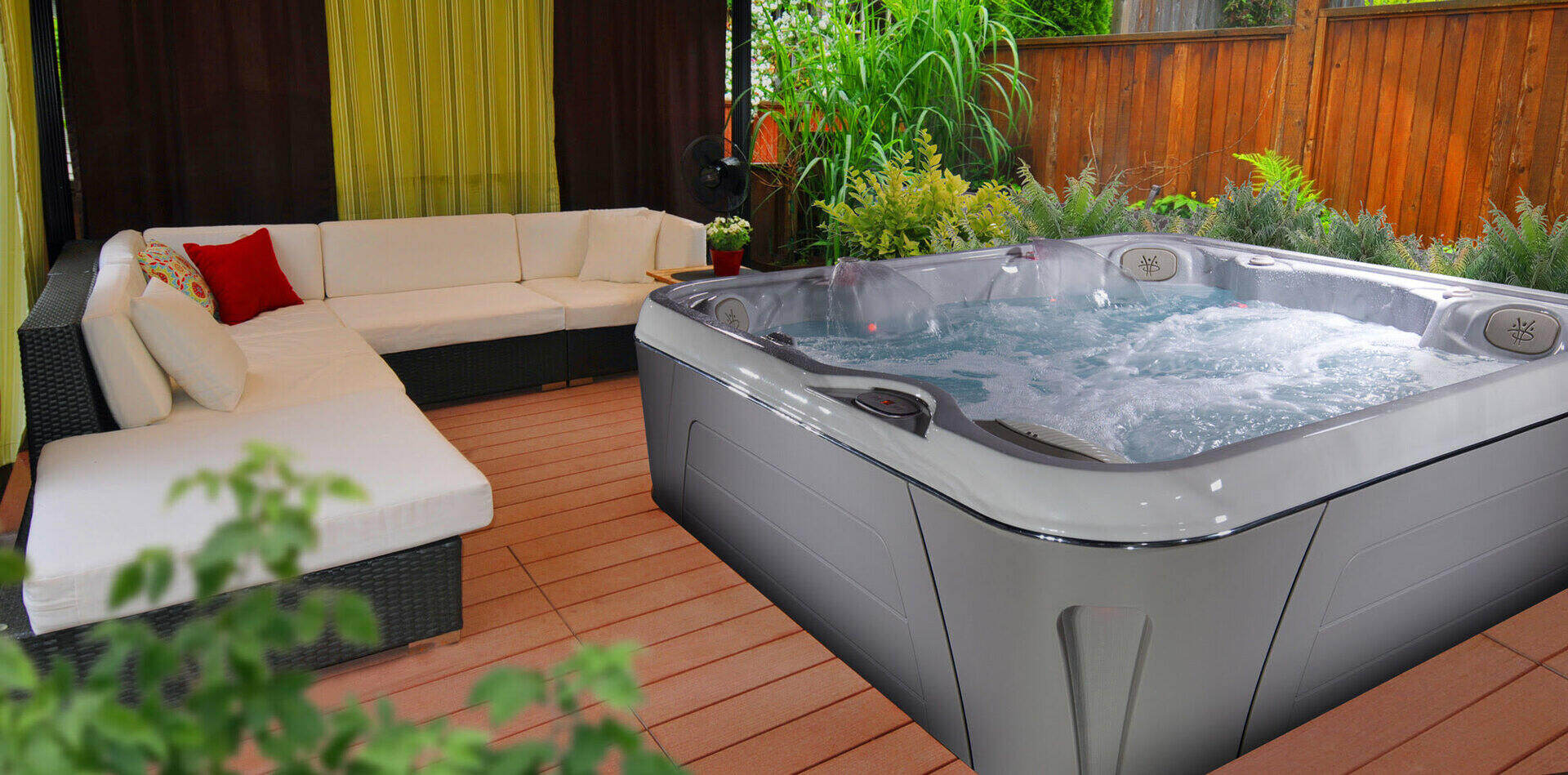



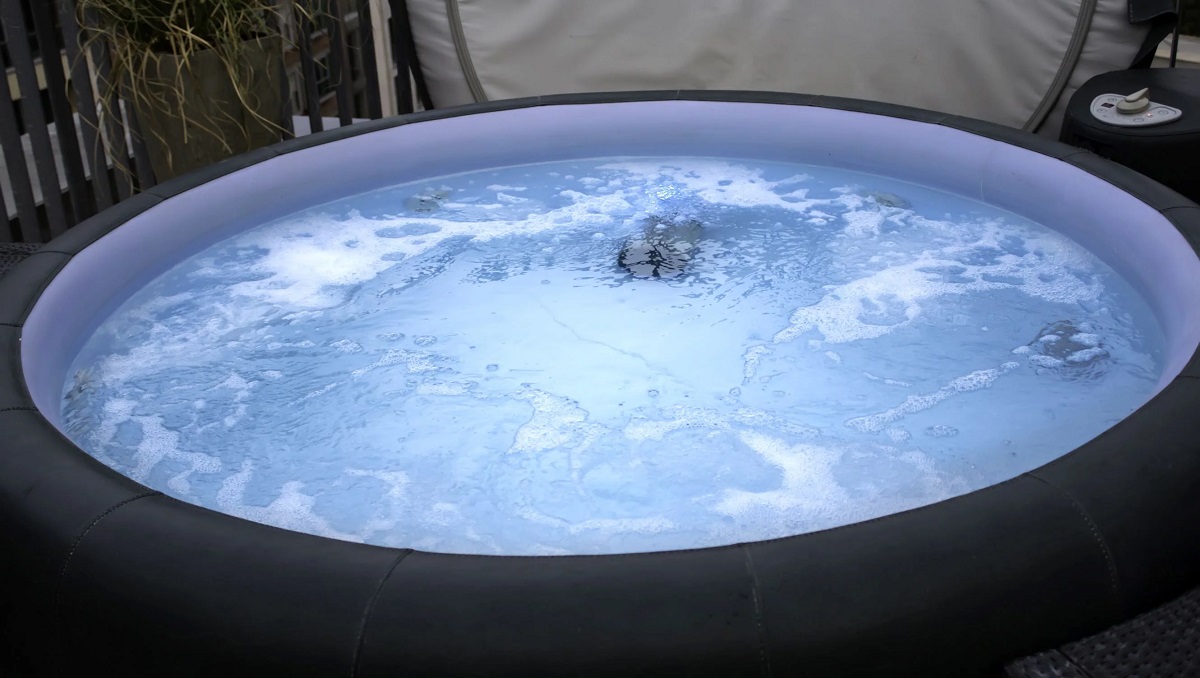
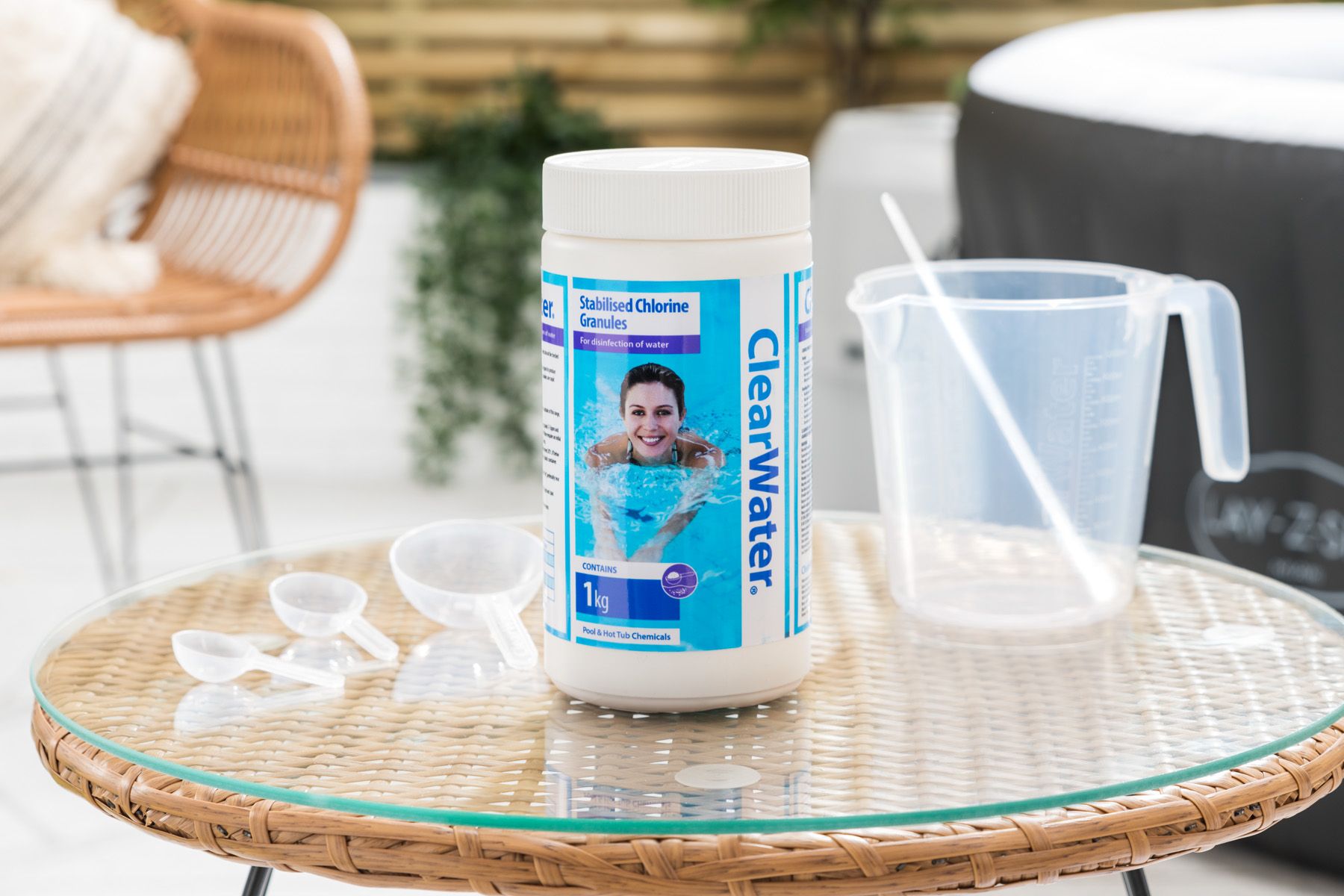

0 thoughts on “What Temperature Is Too Hot For Mums”